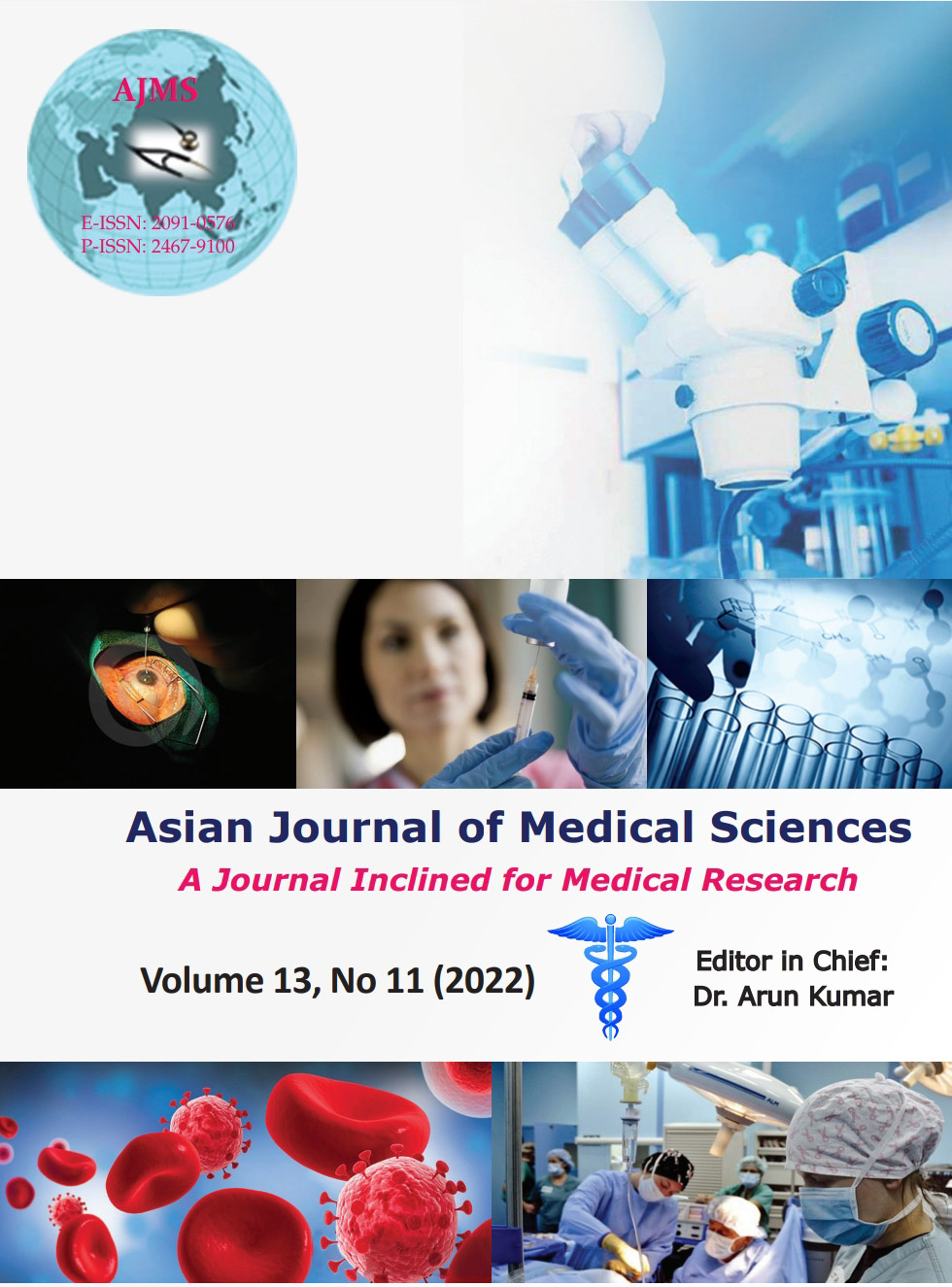A prospective study on reliability and effectiveness of different hematological parameters for early diagnosis of neonatal sepsis in a tertiary care hospital of sub-Himalayan region
Keywords:
Sepsis; Neonate; Hematological parameter; TLC; Platelet countAbstract
Background: Neonatal sepsis is a major cause of morbidity and mortality in newborn.Early diagnosis of neonatal sepsis is the top priority to all clinicians for early initiation of appropriate treatment which will reduce the morbidity and mortality in neonates and minimizes the unnecessary antibiotic therapy which will lead to overwhelming threat of multidrug-resistant organism.
Aims and Objectives: The recent study was undertaken to study the reliability and effectiveness of hematological parameters and Rodwell’s hematological score for early diagnosis of sepsis in neonates.
Materials and Methods: In this study,212 neonates were studied out of which 88 were blood culture proven sepsis and 39 were culture negative but hematological parameters positive probable sepsis.The rest 85 were both culture negative and hematological parameter negative and were considered normal baby and taken as control group in this study. Hematological parameters were studied in all cases included in the study which include total leukocyte count, absolute neutrophil count, immature/total neutrophil ratio, platelet count, C-reactive protein (CRP), and other components of Rodwell’s scoring criteria. Recent statistical analysis of all the components and hematological scoring system (HSS) done to find out the reliability and effectiveness.
Results: Analysis of hematological parameters showed that absolute neutrophil count, immature to total neutrophil ratio and platelet count have a better sensitivity and specificity in relation to other parameters.CRP and total leukocyte count have better specificity but sensitivity was very low.In the HSS, it has been shown that this scoring system was highly sensitive and specific with a high positive predictive value and negative predictive value.Among the different parameters studied, association of total leukocyte count(P<0.0001)and reduced platelet count(P<0.0001) is the most consistent indicator found in this study but association with CRP was found to be statistically insignificant(P=0.0703).
Conclusion: HSS system, total leukocyte count, absolute neutrophil count and platelet count are very reliable indicator for early diagnosis of neonatal sepsis which is cheap, simple, less time consuming, and cost effective.
Downloads
Downloads
Published
How to Cite
Issue
Section
License
Copyright (c) 2022 Asian Journal of Medical Sciences

This work is licensed under a Creative Commons Attribution-NonCommercial 4.0 International License.
Authors who publish with this journal agree to the following terms:
- The journal holds copyright and publishes the work under a Creative Commons CC-BY-NC license that permits use, distribution and reprduction in any medium, provided the original work is properly cited and is not used for commercial purposes. The journal should be recognised as the original publisher of this work.
- Authors are able to enter into separate, additional contractual arrangements for the non-exclusive distribution of the journal's published version of the work (e.g., post it to an institutional repository or publish it in a book), with an acknowledgement of its initial publication in this journal.
- Authors are permitted and encouraged to post their work online (e.g., in institutional repositories or on their website) prior to and during the submission process, as it can lead to productive exchanges, as well as earlier and greater citation of published work (See The Effect of Open Access).




